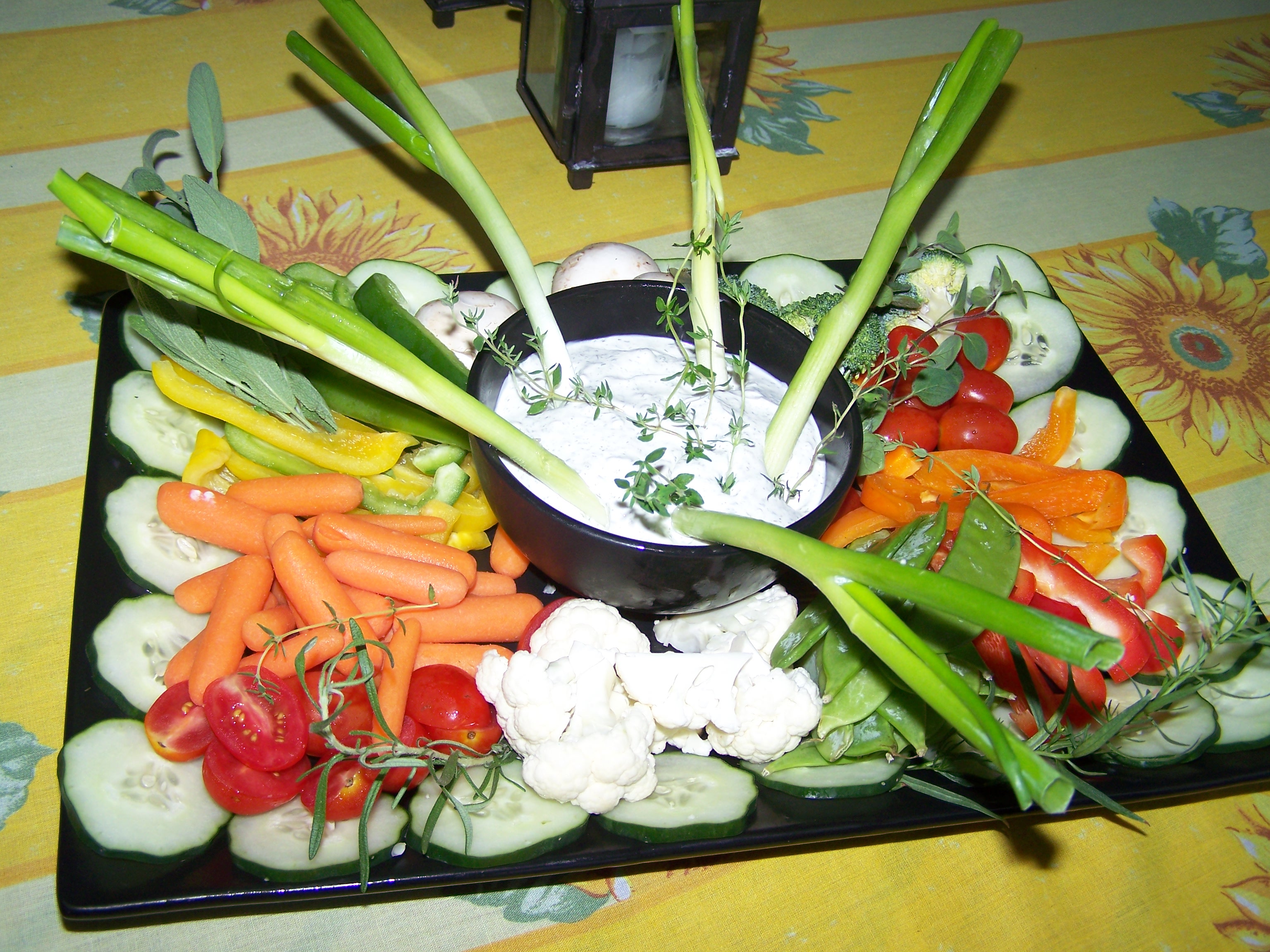Avocado nutrition information and benefits
The avocado is a very unique fruit. Yes, it is a fruit. Though an avocado is a high-calorie, high-fat fruit, its nutrition and health benefits are beyond compare. This is definitely a food you should incorporate into your diet. This abundant cash crop was introduced to the United States, by Mexico, in the 19th century and today, roughly 95% of U.S. avocado production is located in southern California. Avocados are cultivated in Florida as well.
Avocado: Varieties
There are two flowering types of avocados (categorized as “A” or “B”) and they are differentiated according to the timing of the male and female flowering phases. There are a whopping 500 avocado varieties! However, seven varieties are (commercially) grown in California and include the Bacon, Hass (year-round), Fuerte, Gwen, Pinkerton, Reed and Zutano. The Lamb Hass is a relatively newly cultivated summer variety of the Hass avocado. The Hass varieties accounts for nearly 95% of the total California crop.
“A” cultivars: Hass, Gwen, Lamb Hass, Pinkerton, Reed
“B” cultivars: Fuerte, Sharwil, Zutano, Bacon, Ettinger, Sir Prize, Walter Hole
All varieties are creamy and delicious with similar nutrition profiles, though certain varieties are ‘summer,’ others are ‘year-round’, etc. They also differ slightly in flavor, shape and color. You are probably most familiar with Hass and Fuerte avocados.
The Hass avocado is also the most cultivated variety worldwide, accounting for 80% of the all cultivated avocados. The Hass avocado has a rich, nutty flavor. The flesh is a light green color and the fruit oval in shape with black, pebbly skin. It ripens to a purplish-black color.
Top producers of the Fuerte avocado (also abundant in the U.S.) are (in order) Mexico, Indonesia and the Unites States. This type of avocado is medium-sized and pear-shaped fruit. The skin is leathery, green and easy to peel (ripens green). The creamy flesh is a yellow-green color, rich and mild-tasting.
Avocado: Nutrition Facts
Avocados are nutrient-rich. This fruit contains roughly a dozen different essential nutrients. Avocadoes have some carbohydrate, protein and lots of heart-healthy monounsaturated fat. They are also high in dietary fiber and offer vitamin K, folate, vitamin B6, vitamin C, vitamin E, pantothenic acid (B5), potassium, riboflavin (B2) and niacin (B3). A 1-oz. portion (about 1/5th of the fruit) meets 4% to 8% of the Recommended Daily Value (DV) for each of the vitamins and minerals mentioned. The nutrition facts vary slightly according to the variety and origin. Just 1-oz. provides about 45 calories, 4 g fat, 1 g saturated fat, 1 g protein, 2 g carbohydrates, 2 g dietary fiber, no cholesterol and no sodium.
Obviously, the larger your portion the more nutrients you consume. One cup of cubed avocado, or about 150 grams (unspecified variety) provides 240 calories, 22 g fat (only 3 g saturated fat), 3 g protein, 13 g carbohydrate, 10 g dietary fiber, no cholesterol and only 11 mg sodium. Though that is probably more calories and fat than you wish to consume in a 1-cup serving of fruit, the amount of dietary fiber and vitamin C (meets 25% of the DV) alone is astounding. In addition, most of the fat is very heart-healthy (monounsaturated) and yes, you do need fat in your diet!
Try this fresh, quick and easy avocado (guacamole) recipe:
Not only is this heart-healthy and tasty, but it is colorful and festive. Roughly mash one large ripe avocado and add 2 Tbsp diced sweet onion, 1/4 of a large, ripe tomato (seeded) or a handful of diced cherry tomatoes, 1 minced serrano chilis (stems and seeds removed) or jalapeno pepper, the juice of 1/2 lime or lemon and a pinch of coarse salt and pepper to taste.









